Filter by

Data Technology in Materials Modelling
This open access book discusses advances in semantic interoperability for materials modelling, aiming at integrating data obtained from different methods and sources into common frameworks, and facilitating the development of platforms where simulation services in computational molecular engineering can be provided as well as coupled and linked to each other in a standardized and reliable way. …
- Edition
- -
- ISBN/ISSN
- 978-3-030-68597-3
- Collation
- -
- Series Title
- -
- Call Number
- -

Flexible Automation and Intelligent Manufacturing: The Human-Data-Technology …
This book gathers the second volume of the proceedings of the 31st edition of the International Conference on Flexible Automation and Intelligent Manufacturing, FAIM 2022, held on June 19 – 23, 2022, in Detroit, Michigan, USA. Covering four thematic areas including Manufacturing Processes, Machine Tools, Manufacturing Systems, and Enabling Technologies, it highlights advances in micro- and na…
- Edition
- 1
- ISBN/ISSN
- 978-3-031-17629-6
- Collation
- -
- Series Title
- Lecture Notes in Mechanical Engineering
- Call Number
- XXI, 771

The Wheat Genome
This open access book provides the first comprehensive coverage of the wheat genome sequence since the publication of the draft and reference sequences for bread wheat and durum wheat. It presents an overview and all aspects of the gold standard sequence of the bread wheat genome, IWGSC RefSeq v1.0 and its subsequent improvements through 2022 (IWGSC RefSeq v2.1), as well as the sequencing of mu…
- Edition
- -
- ISBN/ISSN
- 978-3-031-38294-9
- Collation
- XIV, 320
- Series Title
- -
- Call Number
- -
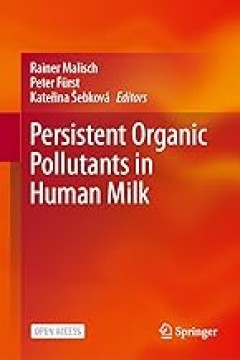
Persistent Organic Pollutants in Human Milk
This open access book reviews the trends of persistent organic pollutants (POPs) in human milk and discusses the main findings of five global surveys that were coordinated by the World Health Organization (WHO) and the United Nations Environment Programme (UNEP) from 2000 to 2019. Human milk was selected as core matrix for human exposure under the Global Monitoring Plan for effectiveness evalua…
- Edition
- -
- ISBN/ISSN
- 978-3-031-34085-7
- Collation
- XXVII, 683
- Series Title
- -
- Call Number
- -
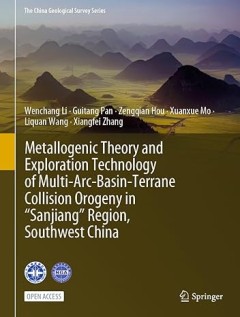
Metallogenic Theory and Exploration Technology of Multi-Arc-Basin-Terrane Col…
This open access book presents a new structural model of “multi-arc-basin-terrane system” based on the in-depth research of the Nujiang-Lancangjiang-Jinshajiang region, especially several Paleo-Tethys ophiolitic mélange belts and sets of arc-basin systems, and a new orogenic model of “The Hengduan shan Mountains” based on penetrated research on spatial-temporal framework and orogenic m…
- Edition
- -
- ISBN/ISSN
- 978-981-99-3651-9
- Collation
- XV, 307
- Series Title
- -
- Call Number
- -
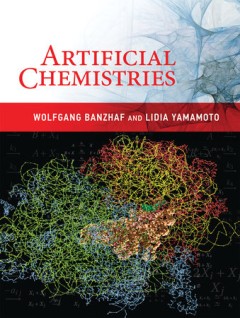
Artificial Chemistries
The field of Artificial life (ALife) is now firmly established in the scientific world, but it has yet to achieve one of its original goals: an understanding of the emergence of life on Earth. The new field of artificial chemistries draws from chemistry, biology, computer science, mathematics, and other disciplines to work toward that goal. For if, as it has been argued, life emerged from pirmi…
- Edition
- -
- ISBN/ISSN
- 9780262329460
- Collation
- 1 online resource (xv, 555 pages) :illustrations (some color)
- Series Title
- -
- Call Number
- -

Chemicals without Harm: Policies for a Sustainable World
Today, there are thousands of synthetic chemicals used to make our clothing, cosmetics, household products, electronic devices, even our children's toys. Many of these chemicals help us live longer and more comfortable lives, but some of these highly useful chemicals are also persistent, toxic, and dangerous to our health and the environment. For fifty years, the conventional approach to hazard…
- Edition
- -
- ISBN/ISSN
- 9780262327015
- Collation
- 1 online resource (xii, 444 pages) :illustrations.
- Series Title
- -
- Call Number
- -
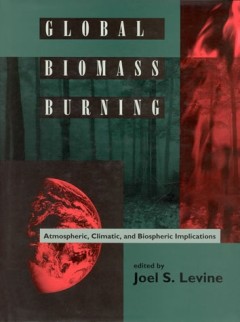
Global biomass burning : atmospheric, climatic, and biospheric implications
The burning of biomass - forests, grasslands, and agricultural fields after the harvest - is much more widespread and extensive than previously believed; most biomass burning is thought to be initiated by humans and is on the increase. This comprehensive volume is the first to consider biomass burning as a global phenomenon and to assess its impact on the atmosphere, on climate, and on the bios…
- Edition
- -
- ISBN/ISSN
- 9780262310895
- Collation
- 1 online resource (xxx, 569 pages) : illustrations, maps
- Series Title
- -
- Call Number
- 620 GLO
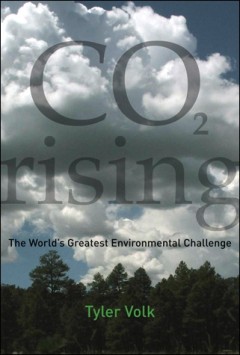
CO2 Rising: The World's Greatest Environmental Challenge
An introduction to the global carbon cycle and the human-caused disturbances to it that are at the heart of global warming and climate change.The most colossal environmental disturbance in human history is under way. Ever-rising levels of the potent greenhouse gas carbon dioxide (CO2) are altering the cycles of matter and life and interfering with the Earth's natural cooling process. Melting Ar…
- Edition
- -
- ISBN/ISSN
- 9780262285612
- Collation
- 1 online resource (xvi, 223 pages)
- Series Title
- -
- Call Number
- -
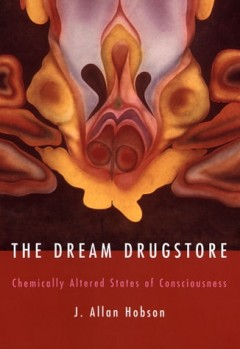
The Dream Drugstore: Chemically Altered States of Consciousness
"A Bradford book."In this book, J. Allan Hobson offers a new understanding of altered states of consciousness based on knowledge of how our brain chemistry is balanced when we are awake and how that balance shifts when we fall asleep and dream. He draws on recent research that enables us to explain how psychedelic drugs work to disturb that balance and how similar imbalances may cause depressio…
- Edition
- -
- ISBN/ISSN
- 9780262275491
- Collation
- 1 online resource (xv, 333 pages) :illustrations, photographs.
- Series Title
- -
- Call Number
- -
 Computer Science, Information & General Works
Computer Science, Information & General Works  Philosophy & Psychology
Philosophy & Psychology  Religion
Religion  Social Sciences
Social Sciences  Language
Language  Pure Science
Pure Science  Applied Sciences
Applied Sciences  Art & Recreation
Art & Recreation  Literature
Literature  History & Geography
History & Geography